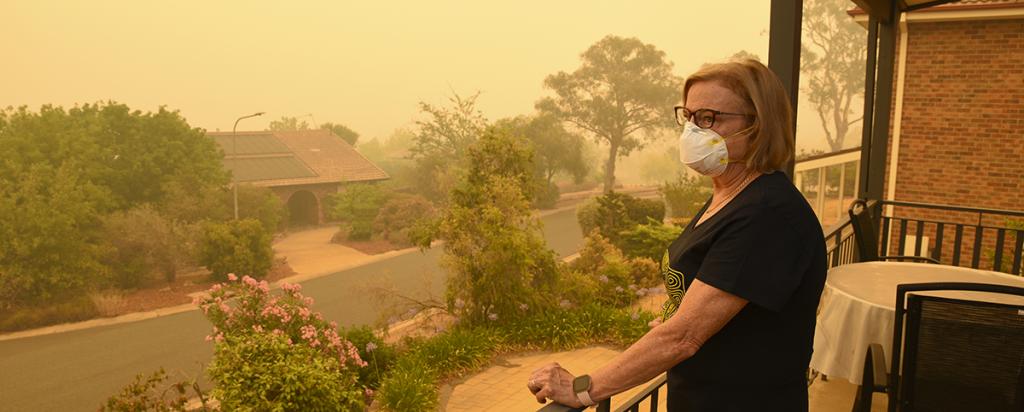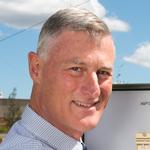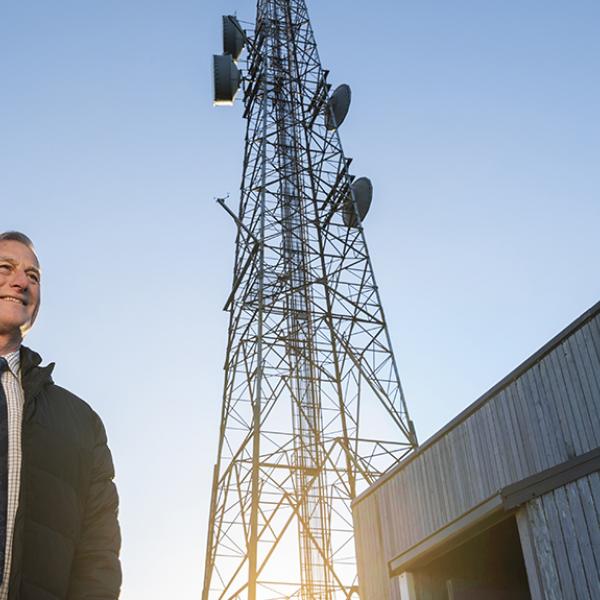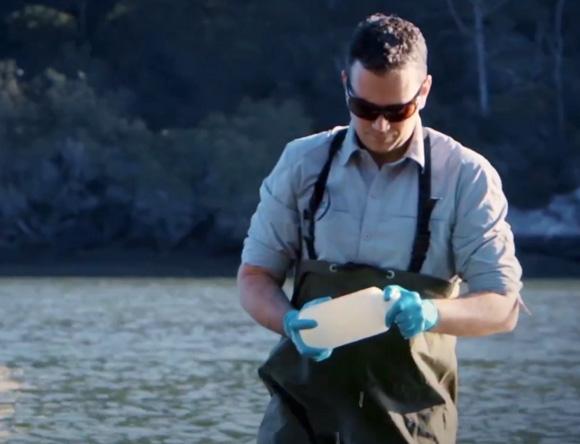
The NSW Parliamentary Enquiry into ‘The health impacts of exposure to poor levels of air quality resulting from bushfires and drought’ has published its Report, which includes a number of recommendations relating to ANSTO, one of the numerous organisations who provided scientific evidence relating to air quality in the state.
The Report made reference to ANSTO’s evidence given by a written submission and expert testimony by Distinguished Research Scientist Prof David Cohen and Head of Research Dr Suzanne Hollins in relation to enhanced air sampling and the differentiation of the types of particulate matter.
ANSTO may have opportunity to build on its current activities in this area, as outlined in the Report, should the response from the NSW Government (due in March 2021) respond positively to the Committee’s recommendation.
In recommending that the NSW Government continue to expand its Air Monitoring Network the Committee acknowledged ANSTO’s work in differentiating between different sources of pollution through its national and international air sampling program (ASP) and proposed that the NSW Government work with ANSTO to support more state-wide sampling and characterisation of air pollution.
There was a specific recommendation that the NSW Government work with ANSTO to expand the sampling of particulate matter in the air state-wide.
At the virtual hearing, Prof Cohen had suggested that a more extensive and comprehensive NSW Sampling Program could be established by expanding the existing ANSTO network of sampling stations to include more rural and regional areas within NSW. This expansion would better assist in the characterisation of fine particle pollution in the state.
“Being able to measure the composition of pollution sources, something we have done for decades, is crucial in understanding potential health impacts,” said Cohen.
The Committee also identified the need for the NSW Government to work with other jurisdictions to achieve a nationally-consistent air quality measurement and reporting framework, including ensuring that particulate matter 2.5 microns in size (PM2.5) be reported separately and hourly.
The Report highlighted increased support for data collection and research into air quality and the health effects associated with poor air quality.
A diverse range of environmental and health organisations, individuals and union representatives provided evidence to the Committee during the course of the enquiry.



